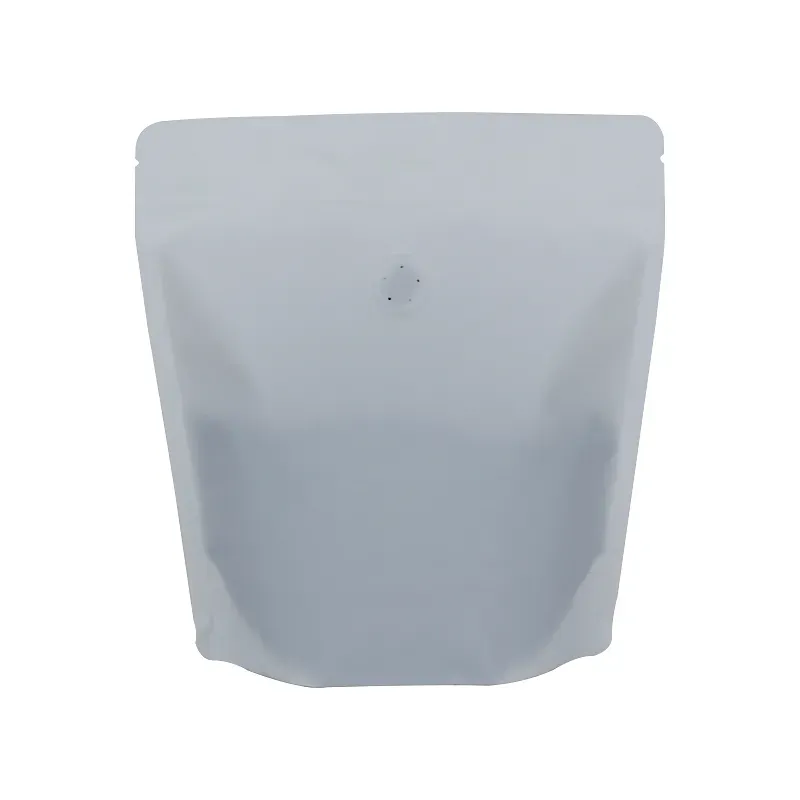- Afrikaans
- Albanian
- Amharic
- Arabic
- Armenian
- Azerbaijani
- Basque
- Belarusian
- Bengali
- Bosnian
- Bulgarian
- Catalan
- Cebuano
- chinese_simplified
- chinese_traditional
- Corsican
- Croatian
- Czech
- Danish
- Dutch
- English
- Esperanto
- Estonian
- Finnish
- French
- Frisian
- Galician
- Georgian
- German
- Greek
- Gujarati
- haitian_creole
- hausa
- hawaiian
- Hebrew
- Hindi
- Miao
- Hungarian
- Icelandic
- igbo
- Indonesian
- irish
- Italian
- Japanese
- Javanese
- Kannada
- kazakh
- Khmer
- Rwandese
- Korean
- Kurdish
- Kyrgyz
- Lao
- Latin
- Latvian
- Lithuanian
- Luxembourgish
- Macedonian
- Malgashi
- Malay
- Malayalam
- Maltese
- Maori
- Marathi
- Mongolian
- Myanmar
- Nepali
- Norwegian
- Norwegian
- Occitan
- Pashto
- Persian
- Polish
- Portuguese
- Punjabi
- Romanian
- Russian
- Samoan
- scottish-gaelic
- Serbian
- Sesotho
- Shona
- Sindhi
- Sinhala
- Slovak
- Slovenian
- Somali
- Spanish
- Sundanese
- Swahili
- Swedish
- Tagalog
- Tajik
- Tamil
- Tatar
- Telugu
- Thai
- Turkish
- Turkmen
- Ukrainian
- Urdu
- Uighur
- Uzbek
- Vietnamese
- Welsh
- Bantu
- Yiddish
- Yoruba
- Zulu
Exploring Techniques of Embossing and Debossing for Enhanced Design Effects
Understanding Embossing and Debossing Techniques that Add Depth to Design
In the world of graphic design, branding, and packaging, two techniques stand out for their ability to add texture and depth – embossing and debossing. Both methods are used to create visually appealing and tactile experiences that engage consumers. While they may seem similar, understanding the differences and applications of each technique is essential for designers looking to elevate their brand’s presence.
What is Embossing?
Embossing is a printing technique that creates a raised design on a material, often referred to as a substrate. This is achieved by using a metal die to press into the material from the back, resulting in a design that pops out of the surface. Commonly used on paper, card, leather, and other materials, embossing adds a three-dimensional aspect to printed products, making elements like logos, text, and patterns stand out.
One of the most appealing attributes of embossing is its ability to catch the light, creating highlights and shadows that enhance visual interest. This is particularly effective in high-end packaging, business cards, and stationery. For instance, an embossed logo on a business card not only demonstrates professionalism but also leaves a tactile impression that can make a lasting impact on potential clients.
In addition to its aesthetic qualities, embossing can also be functional. For example, embossed elements on packaging can provide grip or enhance the user experience for tactile interaction, making products feel more premium. There's also a unique charm to embossed products; they often evoke nostalgia and craftsmanship, reminiscent of traditional printing techniques.
What is Debossing?
Conversely, debossing is the opposite of embossing; it involves creating a recessed design on a material's surface. Instead of the design protruding outward, it sinks into the substrate, resulting in a subtle indentation. Like embossing, debossing uses a die, but the application process slightly differs. This can also be applied to various materials, including leather, paper, and fabrics.
embossing debossing

Debossing tends to give a more understated and sophisticated look compared to embossing. While embossed designs are bold and eye-catching, debossed designs create a minimalist effect, often allowing the material itself to take center stage. This technique is popular in the luxury goods sector, particularly in leather products like handbags and wallets, where debossed logos signify elegance without being overly flashy.
In addition to aesthetics, debossing can also be used to convey messages subtly. It might not scream for attention, but its understated nature can enhance a product's perceived value. For example, a debossed message on a journal cover adds an element of sophistication, inviting the owner to appreciate the intricate details.
Applications and Considerations
When choosing between embossing and debossing, several factors should be considered. The target audience, brand message, and product type play crucial roles in deciding which technique to employ. For brands targeting luxury markets, debossing may be the best choice due to its subtlety and elegance. In contrast, brands seeking to make bold statements might opt for embossing to ensure their logos or designs stand out prominently.
Budget is another consideration. While both techniques can add significant value, the cost may vary based on the complexity of the design, the materials used, and the printing processes. Embossing might require more intricate tooling, which could increase production costs.
Conclusion
Both embossing and debossing offer unique ways to enhance design and branding. By understanding the nuances of each technique, designers can make informed decisions that align closely with their brand's identity and objectives. Whether adding a tactile dimension through embossing or conveying sophistication through debossing, these methods not only elevate the aesthetic value but also enhance the consumer's overall experience. In a competitive marketplace, these finishing techniques can be the distinguishing factors that set a brand apart, making it unforgettable in the minds of consumers.













